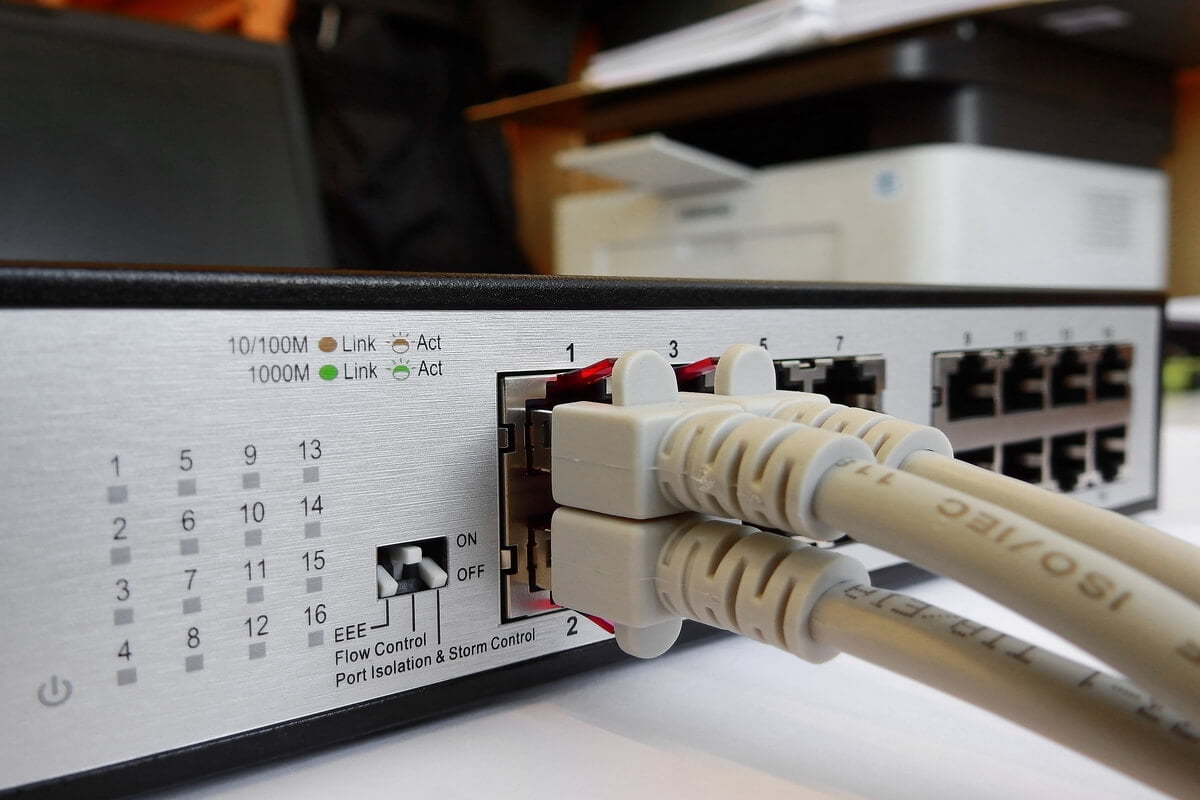
Every country in the world has an urban side and a rural side. The Urban side of the country is the more modernised in terms of businesses, lifestyle, employment, and technology. The rural locations are geographically located in the outskirts of a city or country. With agriculture and other businesses in rural areas being more and more dependent on the internet, the need for the latest and seamless internet connections have been rising at a rapid pace. Internet is used for accepting and making payments, uninterrupted communications, automation of equipment, etc.
These businesses and individuals are impacted due to the lack and limitations of internet services in rural areas. Technology is one sector that has been able to bridge the gap between the services provided in urban areas. Their infrastructures build across countries have been able to reach even the remote and rural parts. Be that as it may, the rural areas still have lesser options to choose from when it comes to internet operators as many don’t see it as a profit rewarding market due to urbanisation. Here are some major reasons for Internet Services being unstable in rural areas.
Expensive and Difficult Infrastructures
Digging underground holes and installing fibre cables is not only expensive but also difficult in rural areas. The weather conditions, uneven roads and terrains are not ideal and make it a difficult environment to develop such infrastructures. The costs of such projects are usually high as the latest and most advanced equipment are used.
Lack of Potential Customers/Applications
As we mentioned in the previous points, the infrastructure required to support fast and stable internet connections are expensive to build. The cost factor makes ISP’s sceptical about this decision. ISP’s don’t find it monetarily feasible to invest in rural areas as the population pool is small, and a number of small and medium-sized businesses are also only a few in number.
Unclear Government Policies on Internet Service Mapping
In countries like the US, internet service providers are required to fill and submitted a form to Federal Communications Commission (FCC). This form is filled with the purpose of reporting coverage areas and speed. Many ISP’s declare that an area is serviceable by them even if just one household gets an internet connection in the area. Since this data is not double-checked and verified by the government, a large rural population remains devoid of internet services which the data shows they are receiving.
Obsolete Technology
A prevalent issue with rural areas is that the infrastructure is not regularly updated with time and technology. For example, If 3G infrastructure was built in a remote village in India, even after the world is fast adopting 5G now, the village infrastructure remains obsolete and would only be 3G capable. Outdated technology and infrastructure would make the rural population helplessly stuck to use whatever network is available to them.















